Songbirds bring joy and melody to gardens, transforming them into lively and vibrant sanctuaries. Their diverse songs not only enchant but also signify the health of our environment. With their vibrant colors and unique tunes, these avian wonders capture the hearts of bird enthusiasts and nature lovers alike.
American Robin
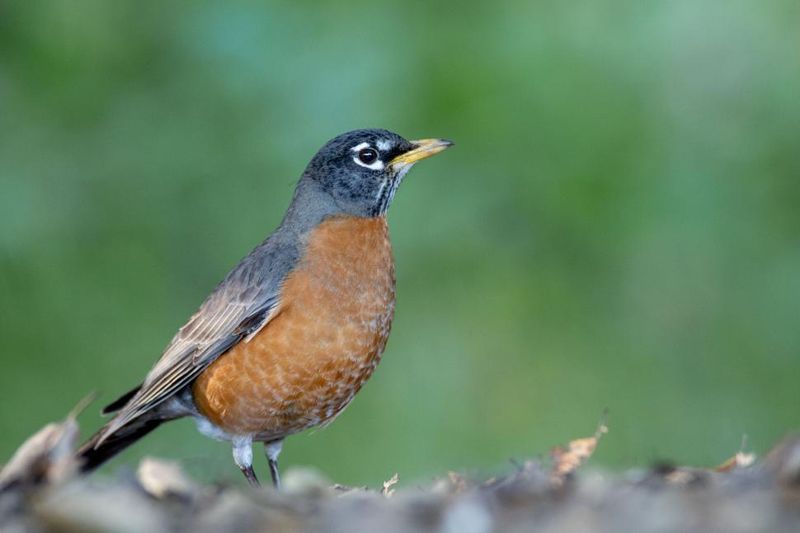
With its cheerful song, the American Robin is a harbinger of spring. Known for its vibrant orange belly and graceful presence, this bird captures the essence of renewal and hope.
Often seen hopping across lawns, it forages for worms, adding life to any backyard. Its melodious tunes echo at dawn and dusk, creating a natural symphony.
Interestingly, the robin’s song varies by region, adapting to local sounds. This adaptability and its striking appearance make it a beloved garden visitor. A symbol of joy, the robin’s song is a delightful wake-up call.
Northern Cardinal
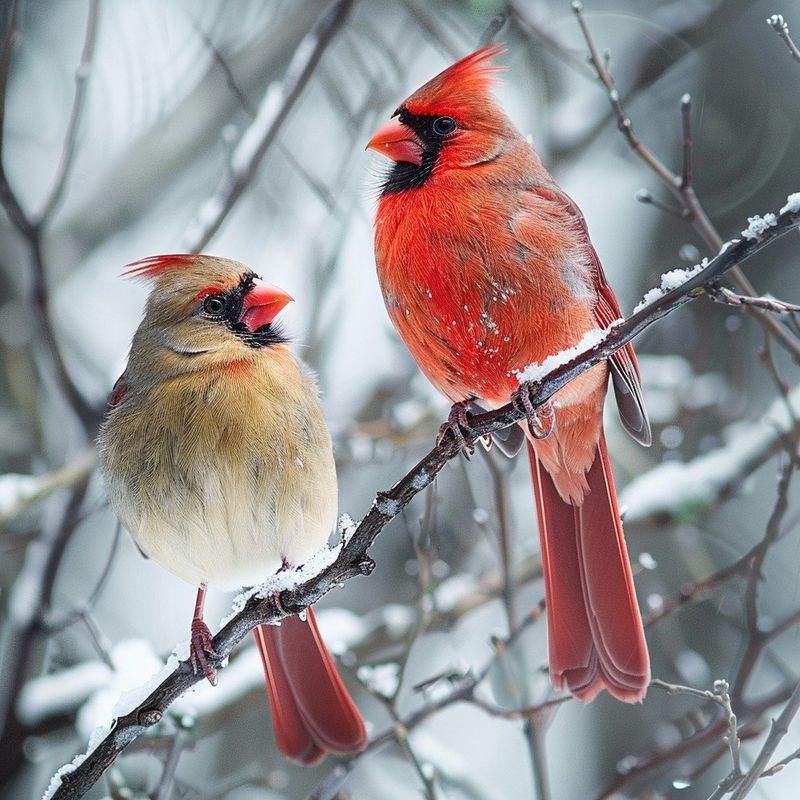
The Northern Cardinal, with its vivid red plumage, is a striking sight in any garden. Its appearance in winter, against a snowy backdrop, adds a splash of color to the landscape.
Cardinals are known for their distinct whistle-like calls, marking their territory with pride. These birds mate for life, often seen in pairs, strengthening their bond through song.
A cardinal’s presence is often considered a sign of good fortune. Its enchanting melody and vibrant color make it a cherished visitor, drawing admiration from all who encounter its beauty.
Eastern Bluebird
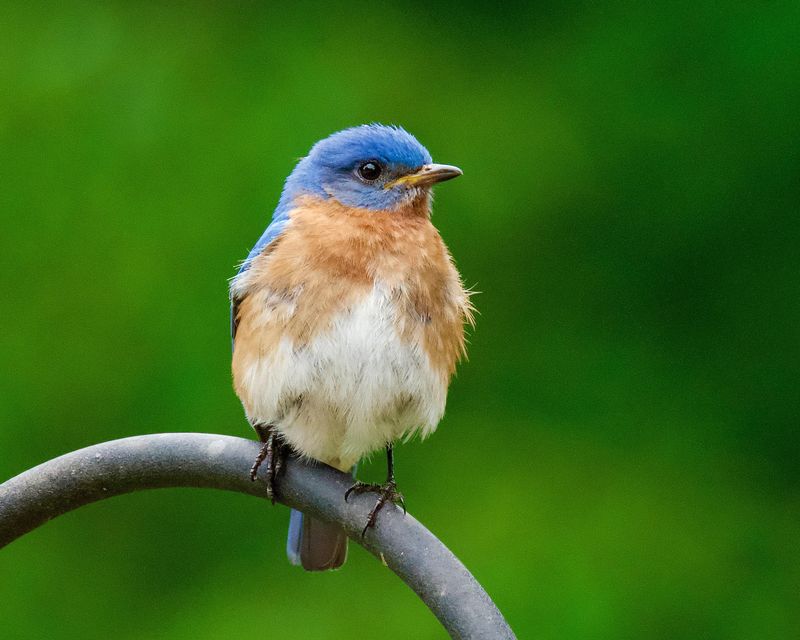
The Eastern Bluebird’s gentle warble is a symbol of serenity and happiness. Its brilliant blue feathers and warm reddish chest bring a touch of the sky to gardens.
These birds are cavity nesters, often occupying nest boxes, making them accessible to backyard enthusiasts. Their presence indicates a healthy ecosystem.
Once on the brink of decline, conservation efforts have helped their numbers thrive. The bluebird’s song is a testament to perseverance and beauty, resonating with hope and joy in every note. Their soothing melody is a welcome sound in any garden.
Baltimore Oriole
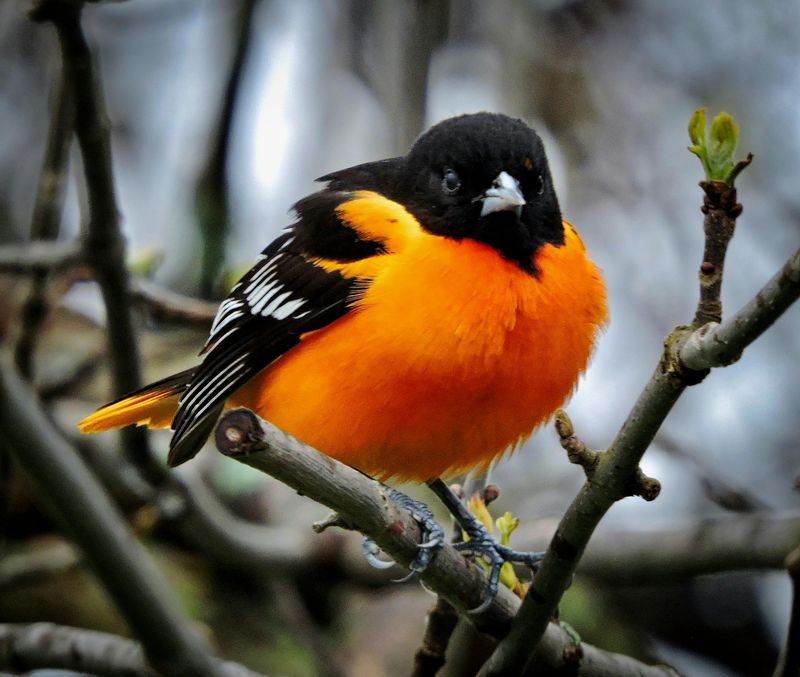
Renowned for its spectacular orange and black plumage, the Baltimore Oriole is as much a visual delight as an auditory one. Its flute-like song heralds the arrival of spring.
Orioles are attracted to sugary foods, often seen sipping nectar from flowers or feeding on fruit slices. This diet adds sweetness to their song.
Migration brings them to gardens across North America, filling the air with their melodious chatter. Their vibrant song and colors make them a favorite among bird watchers, eager to catch a glimpse of these radiant visitors.
Song Sparrow
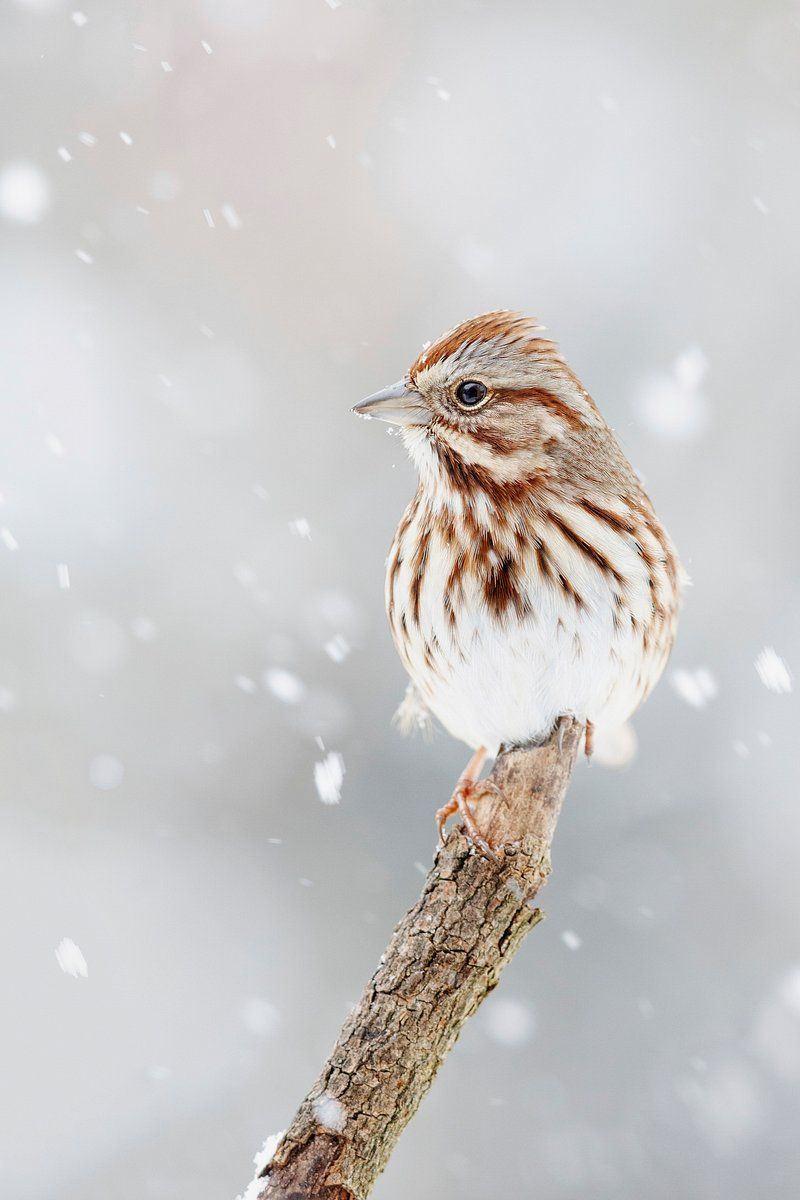
The Song Sparrow is known for its rich and varied melody, a complex tune that adds a dynamic soundscape to gardens. Its streaked brown plumage may seem modest, but its song is anything but.
These birds are highly adaptable, found in diverse habitats, from urban parks to rural fields. Their song varies greatly between individuals, each having its own signature tune.
The sparrow’s persistent singing, regardless of weather, symbolizes resilience. Its ability to thrive in various environments makes it a versatile and welcome addition to any garden, filling it with continuous music.
House Finch
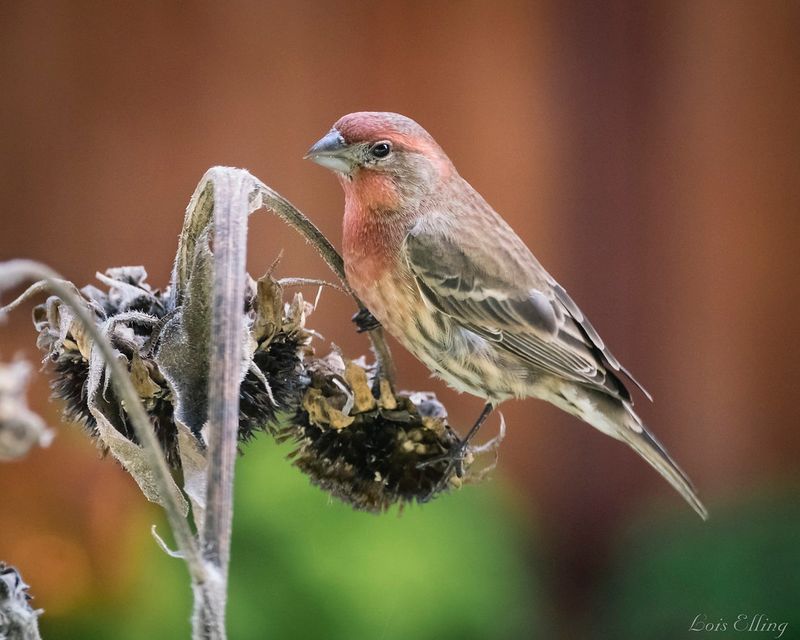
House Finches are characterized by their cheerful warble and bright red plumage around the males’ heads. These sociable birds often gather in flocks, creating a lively atmosphere.
They are common visitors to feeders, enjoying seeds and fruits, which enriches their song’s joyous character. Their adaptability allows them to thrive in urban and suburban areas.
Finches remind us of community, as they are seldom seen alone. Their melodious tunes and vibrant presence serve as a reminder of nature’s ability to flourish in harmony, bringing a sense of unity and joy.
Black-capped Chickadee
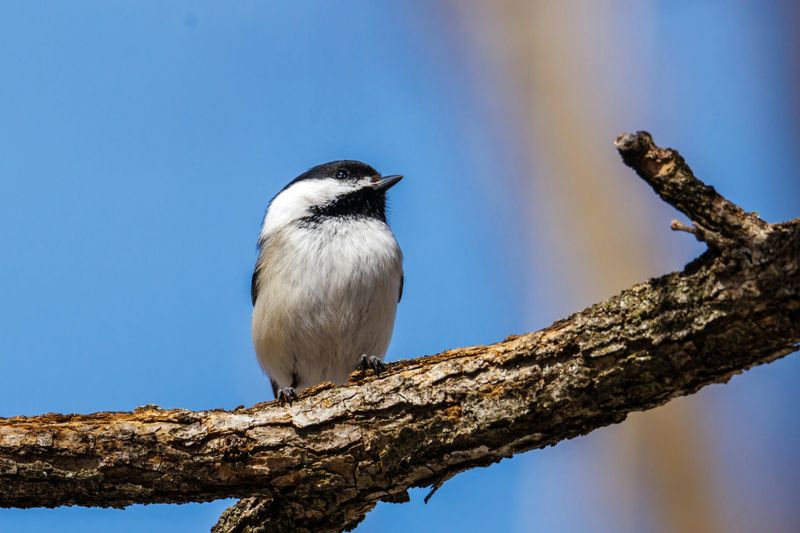
The Black-capped Chickadee, with its inquisitive nature and distinct “chick-a-dee-dee-dee” call, is a charming garden visitor. Its black cap and bib contrast with its white cheeks, creating a striking appearance.
Chickadees are known for their fearless curiosity, often approaching humans closely. Their song varies in complexity, adding an element of surprise to each encounter.
These tiny birds play a big role in controlling pest populations, proving that small creatures can have a significant impact. Their presence is both entertaining and beneficial, making them a delightful garden companion.
Mourning Dove

Mourning Doves, known for their soft cooing, add a sense of tranquility to gardens. Their gentle calls are reminiscent of peaceful mornings, evoking a sense of calm.
These doves are often seen in pairs, their bond evident in their synchronized movements. Their muted colors blend with natural surroundings, offering subtle beauty.
Despite their name, Mourning Doves symbolize hope and renewal. Their cooing is a gentle reminder of the serenity that nature brings, often appearing during the quiet hours of dawn and dusk, when their song is most soothing.
Red-winged Blackbird

The Red-winged Blackbird’s distinctive call is a familiar sound in wetland gardens. Males boast striking red and yellow shoulder patches, which stand out against their black feathers.
Their song is a clear proclamation of territory, often accompanied by a dramatic display of their wing colors. These birds are not shy, frequently seen perched on cattails, surveying their domain.
Their presence signals a thriving ecosystem, as they are often found in marshy areas. The blackbird’s song adds a vibrant symphony to gardens, celebrating the beauty and diversity of avian life.
Common Yellowthroat

The Common Yellowthroat, with its vibrant yellow throat and distinctive black mask, is a lively presence in marshy gardens. Its “witchety-witchety” song is both playful and persistent.
These birds are agile and active, often seen darting through reeds in search of insects. Their energetic nature adds movement and sound to the garden landscape.
They are a reminder of the diversity of songbirds, bringing a touch of brightness with their striking appearance and lively song. Their presence is a testament to a healthy, flourishing garden ecosystem.
Cedar Waxwing
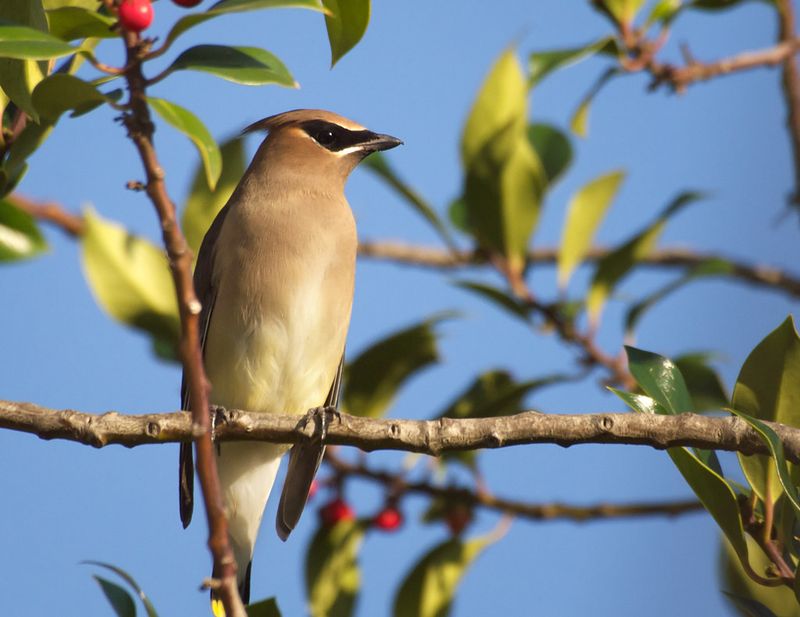
Cedar Waxwings are known for their sleek appearance and social behavior, often seen in flocks. Their high-pitched calls are a subtle yet delightful addition to gardens.
These birds have a fondness for berries, which can be seen in their feeding habits. Their plumage is smooth and elegant, with yellow-tipped tails that add a dash of color.
Waxwings symbolize unity and cooperation, often sharing food among themselves. Their presence in a garden is a sign of abundance, as they flock to areas rich in fruit-bearing plants, enhancing the garden’s vitality.
Western Meadowlark
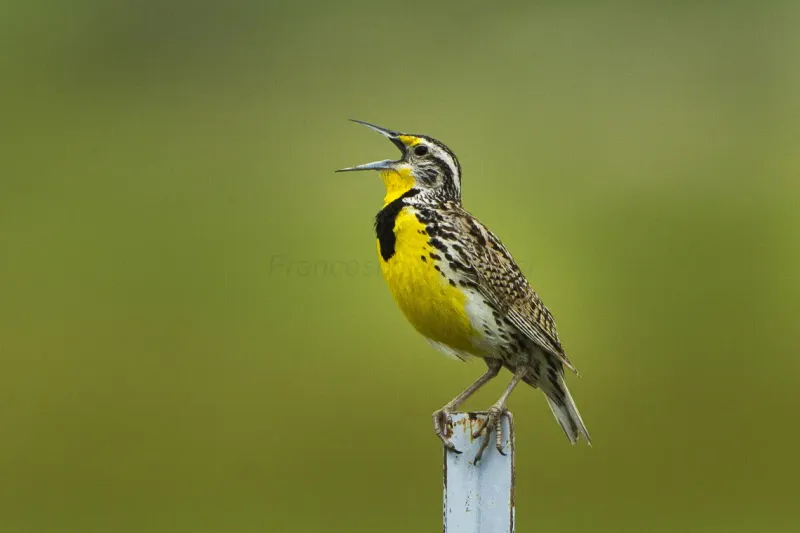
The Western Meadowlark’s flute-like song is a signature sound of open fields and meadows. Its bright yellow breast and black V-shaped band are striking against the greenery.
These birds are ground nesters, often found in grasslands where their songs resonate. Their melody is a herald of spring, bringing life and energy to the landscape.
Meadowlarks remind us of the joy found in simple pleasures. Their song is a celebration of open spaces and natural beauty, providing a soundtrack to the vastness of the outdoors, where they thrive.
Purple Martin
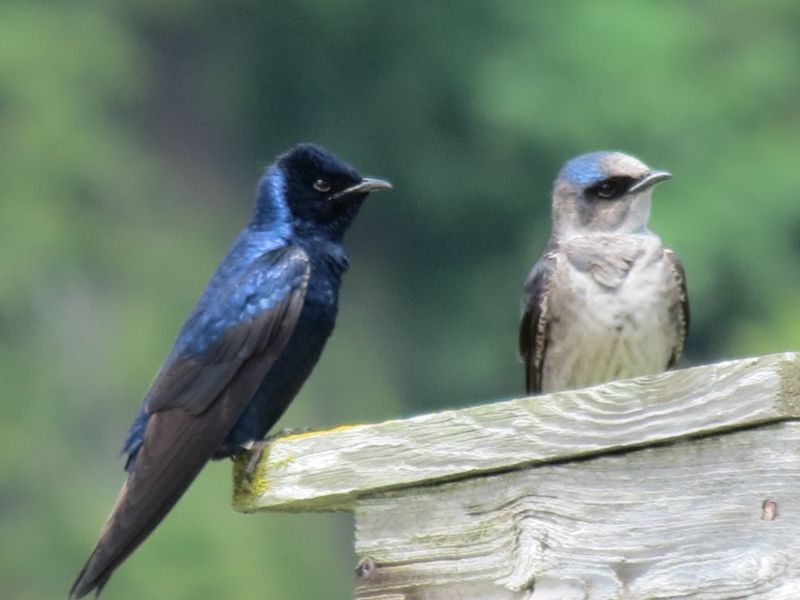
Purple Martins are acrobatic flyers, known for their aerial displays and social colonies. Their gentle chattering fills the air, creating a lively and dynamic garden atmosphere.
These birds rely on human-provided housing, often nesting in birdhouses. Their iridescent plumage shines in the sunlight, adding a touch of magic to their presence.
Martins are beneficial for insect control, consuming large quantities of flying insects. Their reliance on human-provided housing creates a unique bond between people and these graceful birds, fostering a shared appreciation for nature’s wonders.
Tree Swallow

Tree Swallows are graceful fliers, their shimmering blue-green feathers catching the light as they dart through the sky. Their cheerful chirps add a lively soundtrack to gardens.
These birds are cavity nesters, often found in birdhouses near water. Their presence is a sign of a healthy garden environment.
Swallows symbolize freedom and agility, with their swift movements and aerial prowess. They bring a sense of joy and freedom, reminding us of the beauty in movement. Their delightful presence is a testament to the vibrancy of natural spaces.

